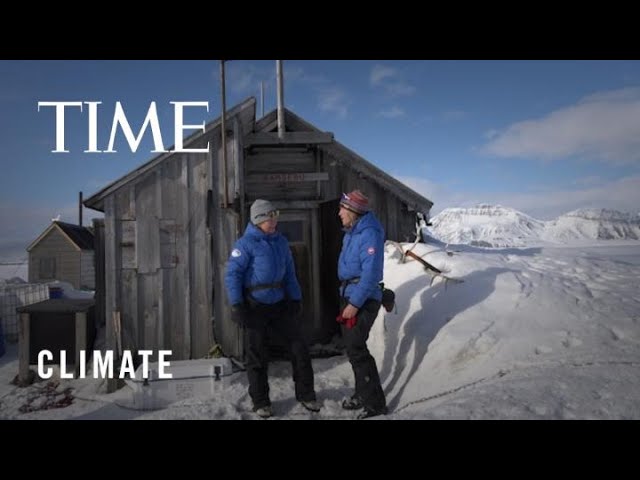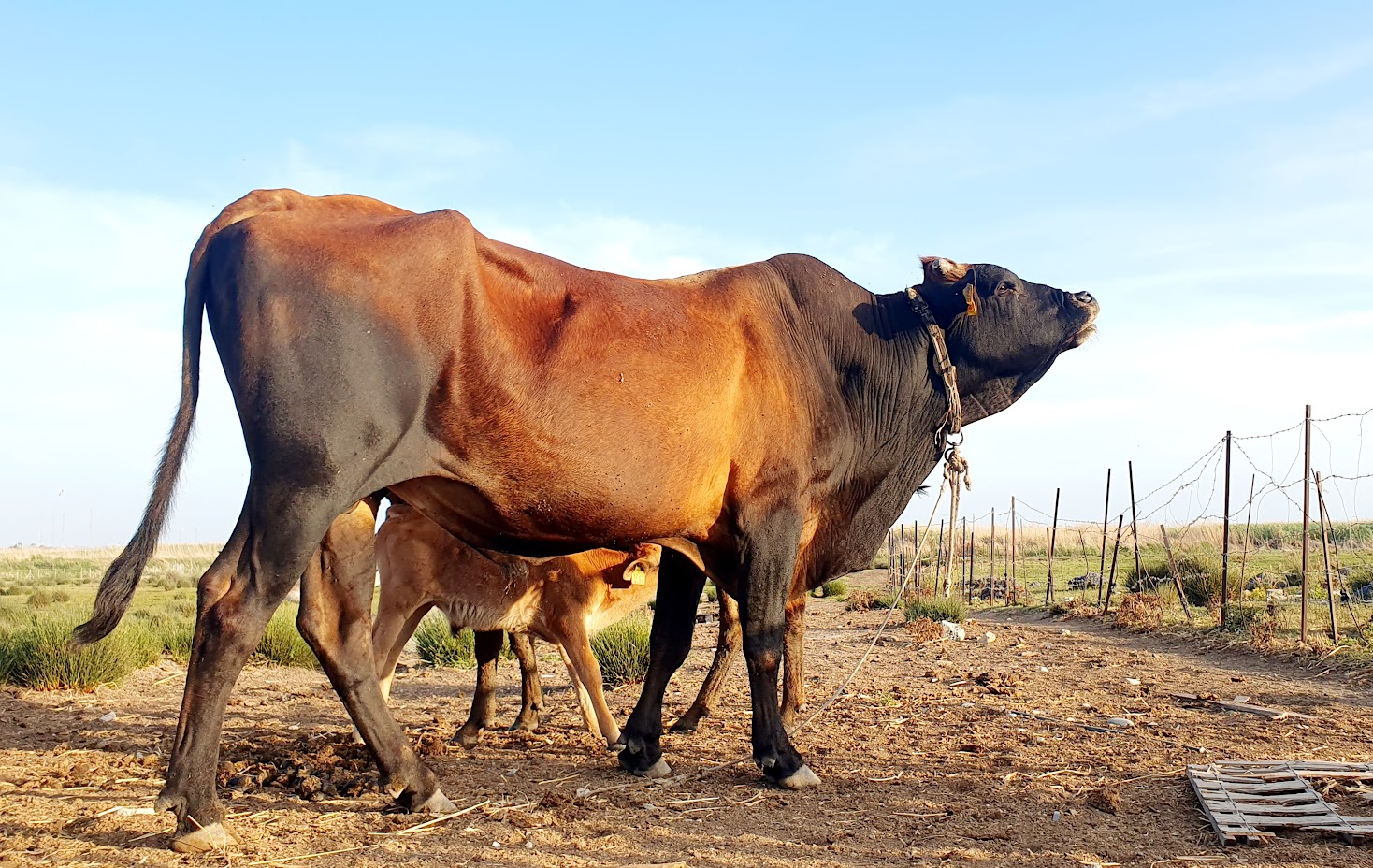In late 2019, expeditioners and guides Hilde Falun and Sunniva Sorby went to Norway’s remote Svalbard archipelago to complete a long-term goal of being the first female team to over winter in the Arctic.
But the pair’s planned return home to mainland Norway coincided with the start of the Covid-19 pandemic and, pretty quickly, they found themselves stranded. There had been plans for a ship carrying friends and family to come and collect them as the ice began to melt in March, but travel restrictions got in the way, and they couldn’t come home until September. So instead, they spent the winter and much of spring, until May, in an isolated, tiny wooden hut, high up in the Arctic circle, surrounded by winter darkness.
There was a definite upside, though – at least for the global scientific community. Because while the two were stuck in Svalbard, fieldwork by climate scientists and researchers ground to a halt, as those who would normally travel to the Arctic to monitor seasonal ice levels, were stuck at home.
Faced with prolonged Arctic isolation as the rest of the world dealt with a growing pandemic, Falun and Sorby began collaborating with the grounded scientists, collecting data and samples to aid their research. Their work proved so useful that, when they finally did get to go home, they came back to their little hut for a second winter at the end of 2020.
“Our goal has always been to take people out of climate despair and into climate optimism, which is about hope and action,” says Falun. “Climate change does not take a break, so neither are we.”
View the original video here.
Good Living is the Cyprus Mail’s portal of curated content from across the internet, showcasing local and global ideas, cultural highlights, and scientific and technological developments to inspire a sustainable life.







Click here to change your cookie preferences